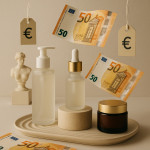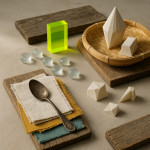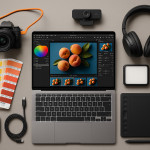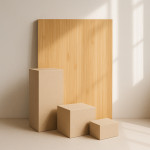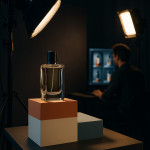Still-life or product photography? Pick the perfect specialist for every brief
Choosing between a still-life photographer and a product photographer can mean the difference between scroll-stopping visuals and images that underperform. Use this guide to understand the nuances, evaluate project needs, and hire the right specialist with confidence.
Why the distinction matters
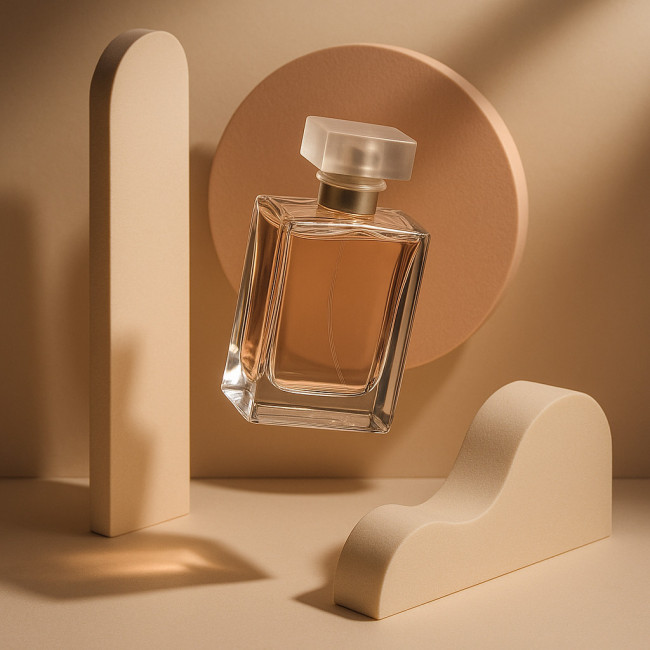
Both niches focus on inanimate objects, yet they answer different marketing goals. A still-life image often tells an artistic or conceptual story, while a product shot prioritises conversion and technical accuracy. When you match the brief to the correct expertise, you: Expect brand recall to soar and consistency to solidify across every channel, from print catalogues to augmented-reality viewers, ultimately maximising the return on every pixel your creative budget funds and ensuring that customers recognise your signature visual language instantly.
What is still-life photography?
Still-life photography blends art direction, set design and lighting to create an evocative composition. Think editorial fragrance spreads, conceptual tech lay-flats or food stylings that appear in glossy magazines. The global directory of professional still-life photographers showcases how these specialists transform objects into narratives.
What is product photography?
Product photography, by contrast, focuses on clarity, consistency and brand accuracy. White-background pack shots, 360° spins and Amazon-optimised hero images all fall under this niche. Precision colour management and scale accuracy are non-negotiable.
Seven criteria to choose the perfect specialist
| Criterion | Still-life expert | Product expert |
|---|---|---|
| Campaign objective | Storytelling / mood | Sales conversion / catalogue |
| Prop complexity | High – custom sets, liquids, smoke | Low – focus on item only |
| Lighting style | Creative, experimental | Uniform, shadow-controlled |
| Post-production | Composites, colour-grading artistry | Retouching for true colour, dust removal |
| File delivery | High-res TIFF + layered PSD | Web-ready JPEG + 3D viewer ZIP |
| Budget range* | €1 500 – €5 000 / day | €500 – €2 000 / day |
| Ideal platforms | Print ads, editorial, OOH | E-commerce, catalogues, marketplaces |
*See a deeper breakdown in our article on professional still-life photography pricing.
Step-by-step decision workflow
- Clarify the goal. Is the primary KPI awareness or direct sales?
- Audit existing assets. Missing white-background shots? Lean toward a product shooter. Need a hero key visual? Call a still-life artist.
- Define technical specs. Aspect ratios, colour profiles and file sizes narrow the talent pool fast.
- Create a moodboard. Tools such as Milanote or the tips in this moodboard guide speed up alignment.
- Shortlist talent. Compare portfolio lighting consistency, prop handling and retouching finesse.
- Discuss workflow. Remote tethering, review cycles and asset naming conventions prevent bottlenecks.
- Lock usage rights early. Specify channels, territories and time frames to avoid overtime fees.
Hiring checklist: Questions to ask every candidate
Use these verbatim in discovery calls:
- “How do you balance creative lighting with colour fidelity for our brand Pantone values?”
- “Can you share before-and-after raws that show your retouching process?”
- “Do you work with preferred stylists or prop masters?”
- “What is your typical turnaround for 20 SKUs shot at three angles each?”
- “How do you proof images to ensure scale accuracy for online 3D configurators?”
For more vetting tips, see the recruiter checklist for photographer profiles.
Common mistakes that inflate cost
- Assuming one photographer covers both genres. Hybrids exist but rarely excel equally in still-life and high-volume catalogue work.
- Skipping a test shot. A half-day paid test often saves thousands in reshoots.
- Undefined prop responsibility. Decide whether the studio or brand sources fragile items and spares.
- Ignoring platform specs. Marketplaces like Zalando or Amazon reject files that miss size thresholds, causing delays.
Interactive quiz: Are you briefing the right specialist?
Next steps: Build a future-proof talent pipeline
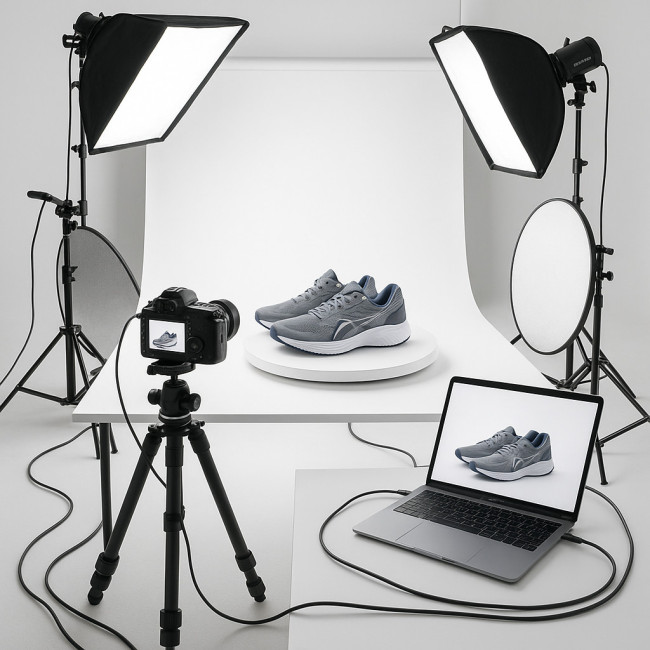
Bookmark specialists now so you are not scrambling before launch. Our piece on choosing a profitable photography niche shows how to structure your long-term roster. Meanwhile, optimise each brief with the guidance from this photographer profile optimisation article to attract premium talent faster. Having a vetted list allows your marketing calendar to move from reactive to proactive, ensuring launches align with shipping windows and media buys across print, digital and out-of-home placements. Plus, repeat collaborations generally unlock loyalty discounts and smoother creative shorthand on set, saving hours during lighting setups and post-production approvals.
FAQ
- Can one photographer handle both still-life and product work?
- Yes, some shooters are cross-trained. However, confirm portfolio depth in the required style and plan extra pre-production time to mitigate risk.
- What gear differentiates still-life from product specialists?
- Still-life pros often own specialised modifiers—optical snoots, Fresnel lenses and splash rigs—while product experts prioritise colour-calibrated capture backs, turntables and light tents.
- How many images can I expect per day?
- Average output is 6–10 complex still-life setups or up to 50 product angles, depending on styling complexity and approval speed.
- Do I need different usage licenses for each genre?
- Licensing is project-specific, not genre-specific. Define media channels, territories and duration in the contract to stay compliant.
- What if I need both creative hero shots and bulk catalogue images?
- Commission the still-life photographer for hero visuals and a product studio for volume work, then unify colour grading in post.
Ready to brief? Start drafting your moodboard today and contact the right specialist before your competitor books them.
